Board Policies, Administrative Regulations, and Bylaws
School districts and their governing boards are subject to all manner of state laws, from the Brown Act governing public school board meetings to the Education Code’s curriculum requirements.
But in addition to state law, school districts operate according to policies and resolutions, and their boards are bound by rules called “bylaws.” A basic understanding of these policies and rules will equip you to better understand school district business and the way your board operates.
All school districts in California have board policies (BPs) and administrative regulations (ARs). It’s very common to have both a board policy and one or more administrative regulations for any given topic, where the BP lays out a guideline or rule adopted by the board, and the AR defines terms and procedures for carrying it out. ARs are typically drafted by district administration rather than the board.
BPs and ARs are assigned numbers and typically classified in nine categories. These categories and the designated numbers are:
Philosophy, Goals, Objectives and Comprehensive Plans [the 0000s].
Community Relations [the 1000s]
Administration [the 2000s]
Business and Non-Instructional Operations [the 3000s]
Personnel [the 4000s]
Students [the 5000s]
Instruction [the 6000s]
Facilities [the 7000s]
Bylaws of the Board [the 9000s]
There may be some variance between districts, but the above outline is a standard way of categorizing district policies and regulations throughout California. County Offices of Education, however, may have different categories as their business and authority differs substantially from that of districts.
Notice that the last category of BPs and ARs is called “bylaws.” Bylaws are rules that govern the function and conduct of the school board. Bylaws address the role of the board and the responsibilities of the trustees, a code of ethics, conflicts of interest, trustee elections and terms, procedures for filling vacancies, and rules for conducting board meetings.
Bylaws are a helpful tool in understanding why the board functions the way it does. It’s also helpful to determine if a board member has a conflict of interest or fails to live up to ethical standards. If you suspect a trustee has violated any standards of ethics or conduct, having a bylaw to cite will be helpful in getting your concern addressed.
Board policies, administrative regulations, and bylaws are almost always available online. If you don’t know how to locate these for your district, visit the district website and look for a page or section about the governing board. You will typically find them listed there, or a link to an external portal where they are archived. Below, you will find a key for the locations of policies and resolutions for several of the largest districts in California.
| School District | Link |
|---|---|
| Elk Grove Unified | Click here (eBoardSolutions) |
| Fontana Unified | Click here (eBoardSolutions) |
| Fresno Unified | Click here (fresnounified.org) |
| Garden Grove Unified | Click here (ggusd.us) |
| Irvine Unified | Click here (iusd.org) |
| Kern High | Click here (eBoardSolutions) |
| Los Angeles Unified | Administrative Guide and Board Rules |
| Oakland Unified | Click here (boepublic.ousd.org) |
| Orange Unified | Click here (orangeusd.org) |
| Poway Unified | Click here (powayusd.com) |
| San Diego Unified | Click here (eBoardSolutions) |
| Santa Ana Unified | Click here (sausd.us) |
If you would like to see your district listed here, or need help locating the policies or bylaws of a district, contact Sheridan@CalPolicyCenter.org.
